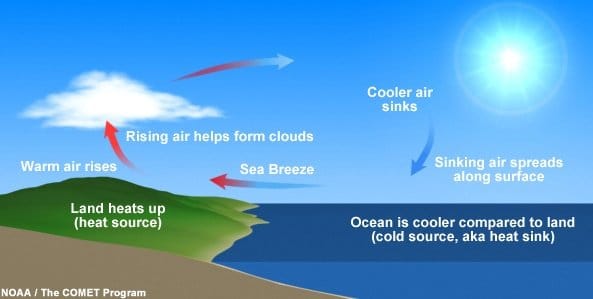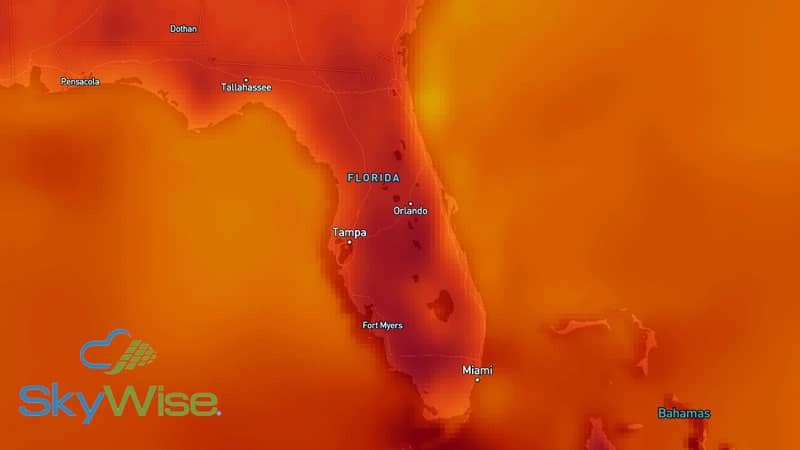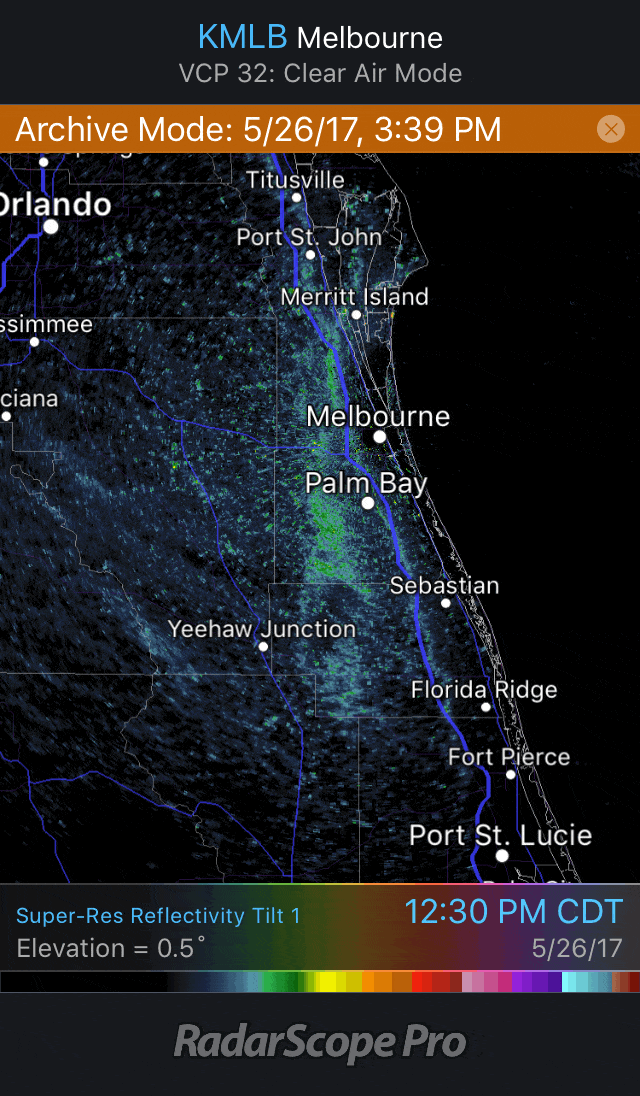How Do Sea Breezes Work?
As summer approaches, you may notice when you go to the beach you experience a nice, cool breeze blowing inland during the afternoon. This is known as a sea breeze, but do you know what causes them to form?
If you look up the definition of a sea breeze, you are told it is a breeze blowing from the sea towards the land. While correct, it doesn’t really delve into the real details of the working of this coastal system.

In the image above, you get a much clearer look at what is happening. A sea breeze occurs due to the difference in temperature between the ocean and the land. As land heats up during the afternoon, air above it begins to rise forming a low pressure area near the land. Then cool air, situated in high pressure areas, spreads across the water and moves in over land. Again, it heats up and rises. As this warm air is moving over the water, the colder water causes it to cool off and sink. This process continues until an equilibrium is created. During this cycle, the warm, rising air may form a line of clouds. If conditions are right, smaller thunderstorms may also form along the sea breeze. The most important thing to recall is that warm air rises and cold air sinks. Without this phenomena, fronts would not form.

Land always heats up faster than water. In this SkyWise temperature image, you can see Florida in darker reds and oranges than the water surrounding it. This is the perfect condition needed to create that nice, inland front while you lay on the beach. However, it is not a unique condition to the Sunshine State. It can happen in any coastal area, as well as along large bodies of fresh water. In many areas, cities further inland may be sweltering. Hop in a vehicle and head to the beach and the temperatures will be much more pleasant!

Here is a classic radar signature of a sea breeze moving inland. You can see how it is parallel to the coast and once it gets going, it actually moves quite far. As we inch toward the heat of summer, take a look at your RadarScope app and see how many areas you can find a sea breeze. Then at night, don’t be surprised if you eventually see a similar signature moving back towards the water as the opposite of a sea breeze is a land breeze!











 Comprehensive weather insights help safeguard your operations and drive confident decisions to make everyday mining operations as safe and efficient as possible.
Comprehensive weather insights help safeguard your operations and drive confident decisions to make everyday mining operations as safe and efficient as possible.